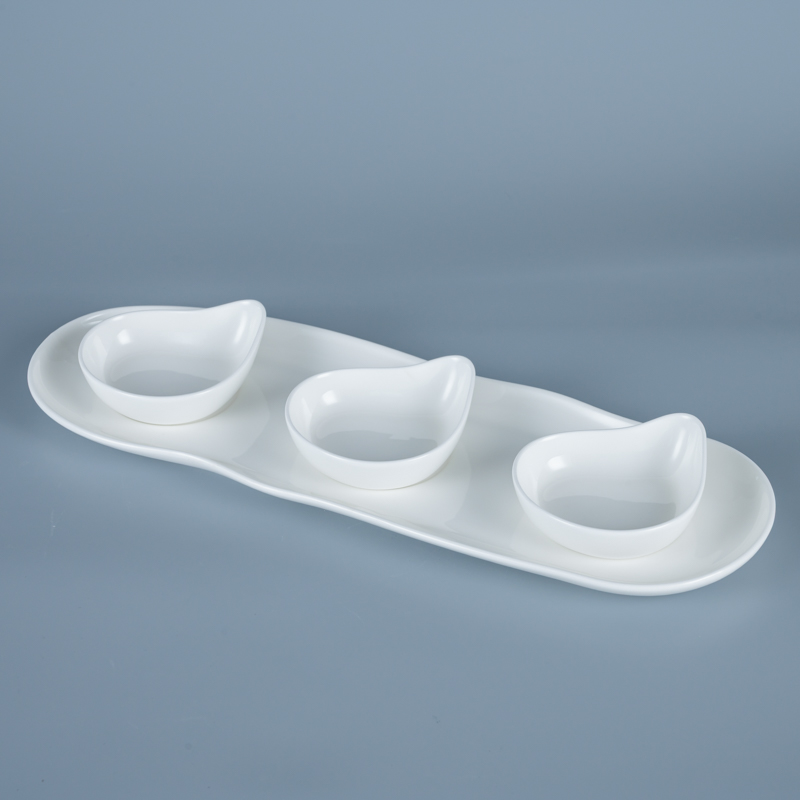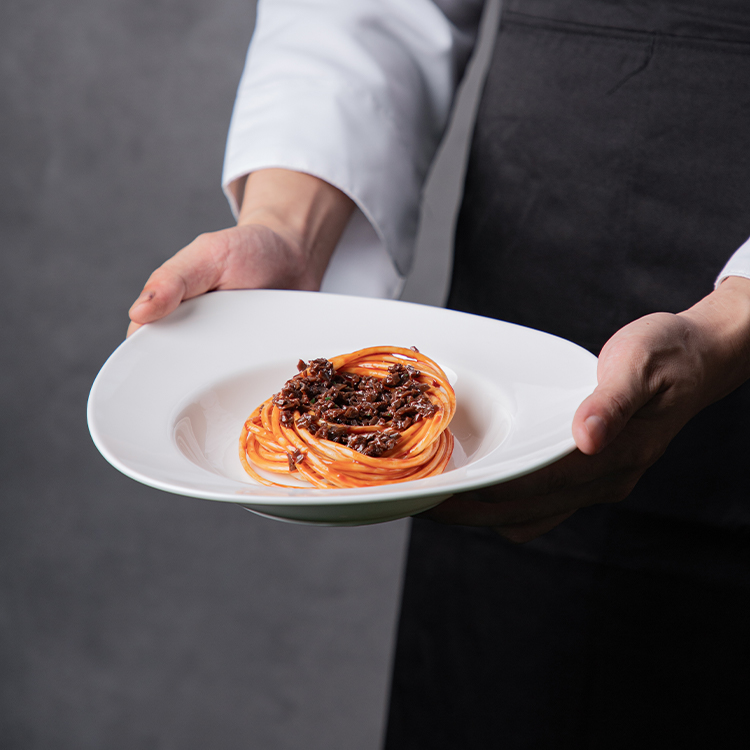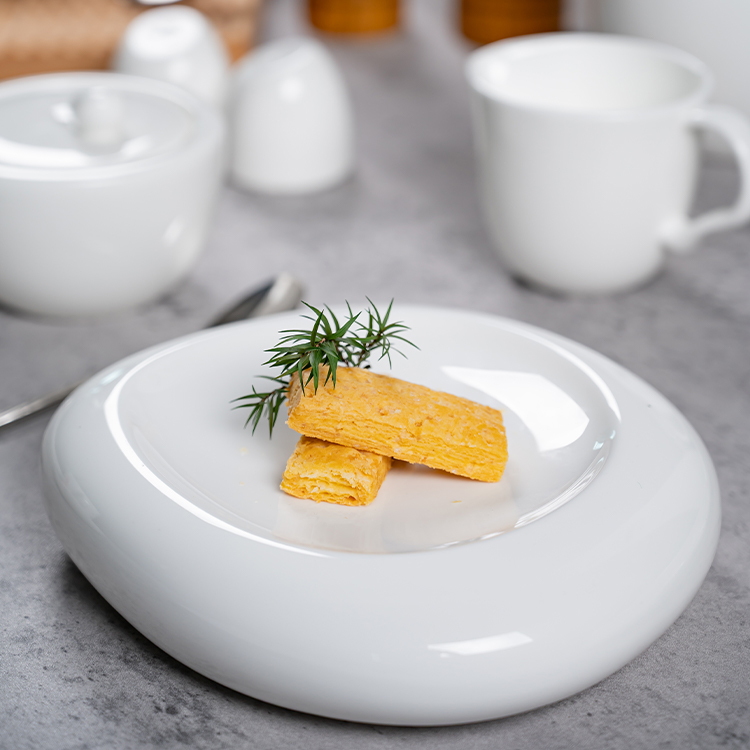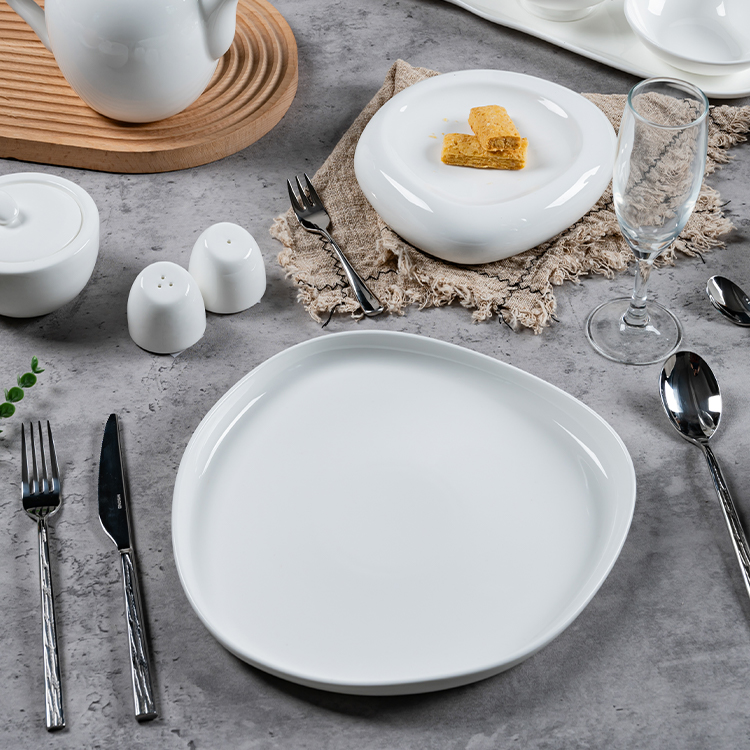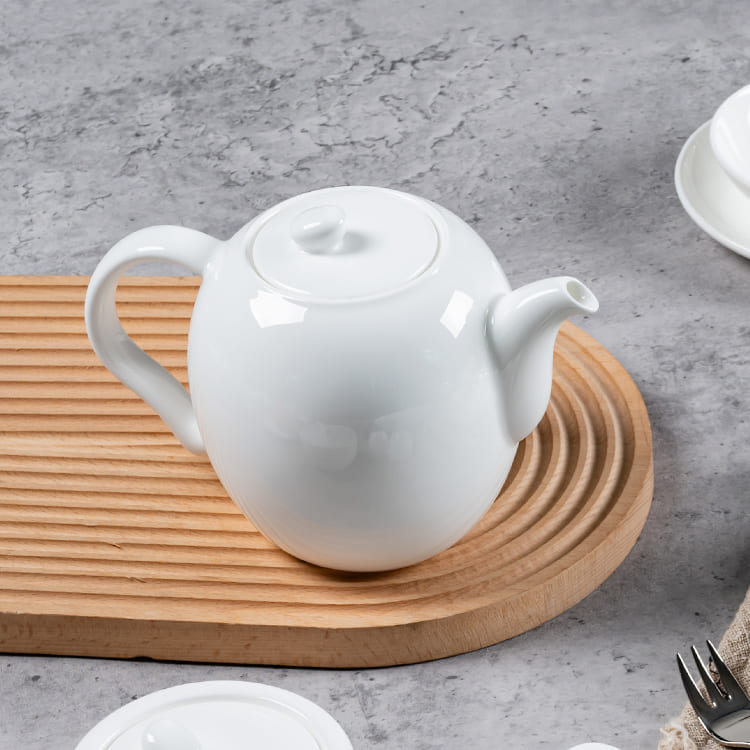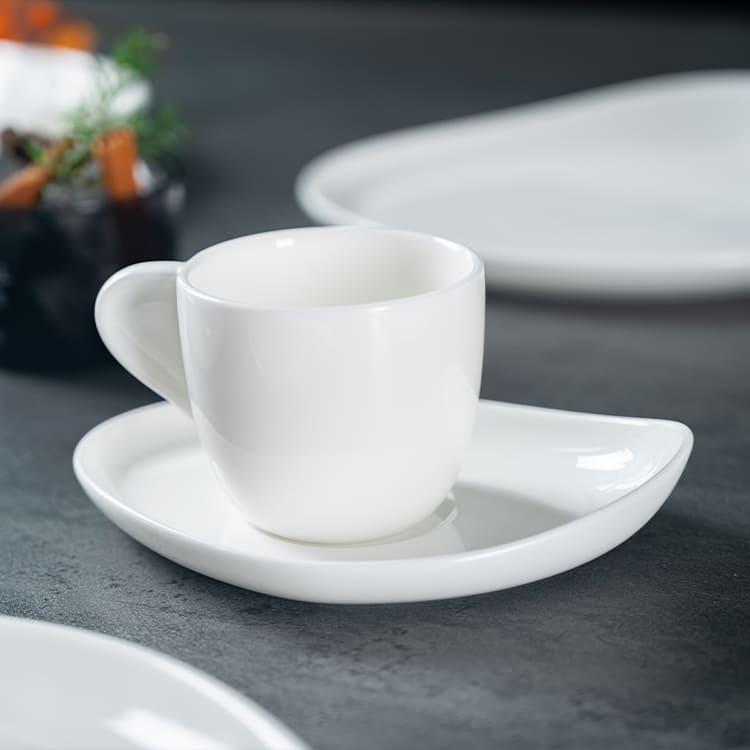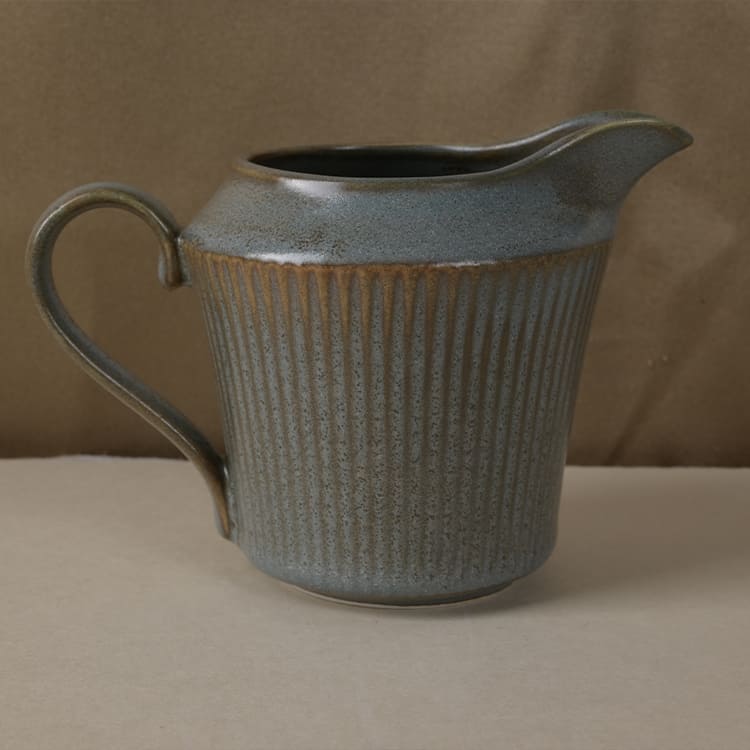Porcelain Dinnerware Manufacturer
Focused on bringing ceramic dinnerware of the best quality, We at PITO China are passionately driven to making fine and luxury porcelain dinnerware.
We are Proud to Offer
Tough and lightweight porcelain dinnerware suitable for home use, commercial and events. Highly versatile and more budget-friendly.
Porcelain Dinnerware of All Colors
PT White Porcelain Dinnerware
Curated Porcelain Dinnerware
Crockery Expertise
Not sure which porcelain dinnerware fit to your needs?
Porcelain dinnerware is highly versatile in both daily and commercial occasions. Figuring out your needs before ordering is crucial.
- Porcelain does not chipped easily, making it a perfect choice for commercial dining like hotel, restaurant and buffet.
- Classic pure white porcelain dinnerware is one of the best and most common for household use and retail.
- Size and shape are important when choosing dinnerware, choices should be made based on occasions. Restaurant usage and household can be very different.

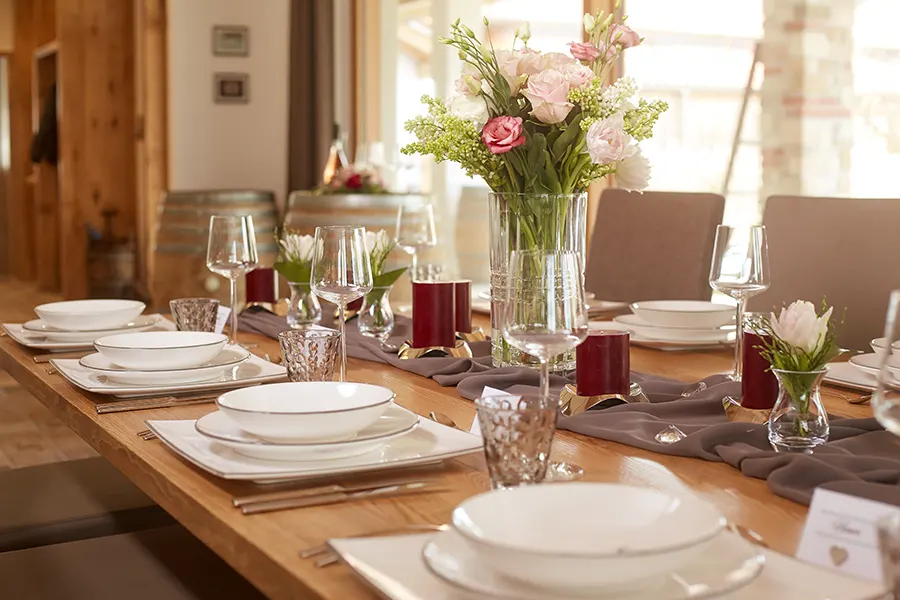
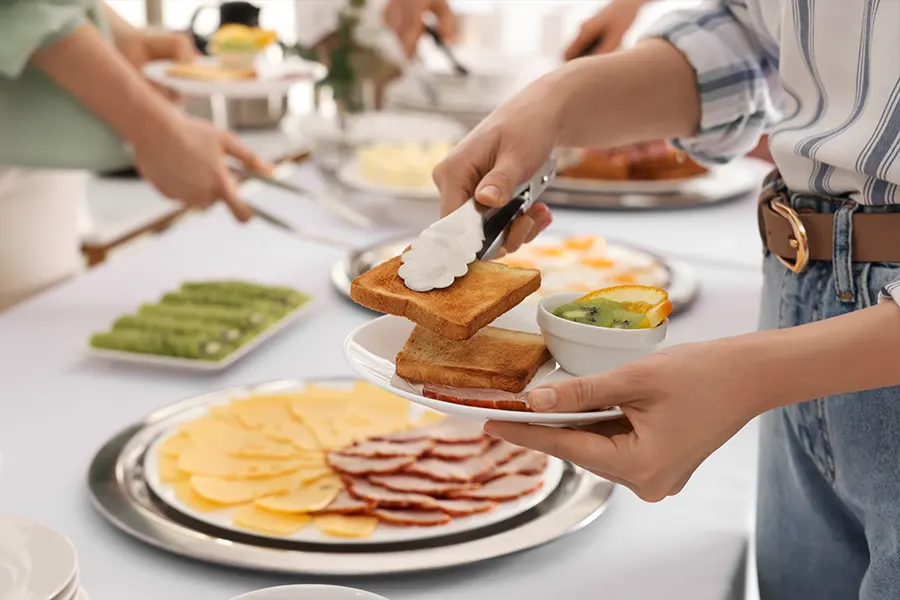
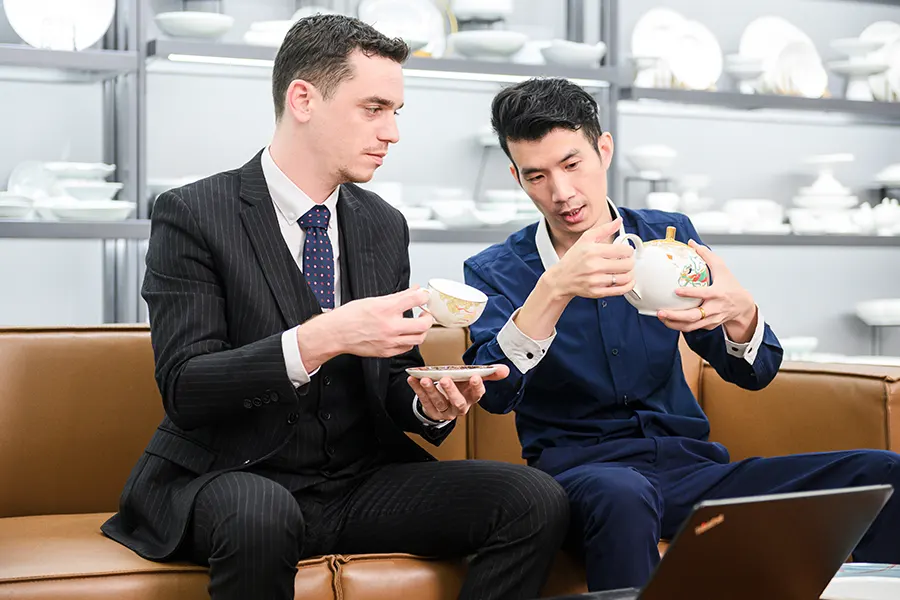
Tailored solutions
A solution for every industry.
PITO supplies porcelain dinnerware wholesale solutions and bulk-custom solutions, tailor-making high quality products just for you.
Knowledge Base
What is Porcelain Dinnerware
The Latin word "porcella," which means seashell, is where the term "porcelain" originates. It refers to a material that is glossy, white, and smooth.
The fine-particle clay used to make porcelain dinnerware is fired at a higher temperature and often contains feldspar, kaolin, and quartz. As a result, the dinnerware that is produced is very strong and nonporous. This procedure also makes it possible to add curved features into the body's design and enables the body to be thinner and more delicately made, giving it an almost translucent appearance.
A high quality porcelain dinnerware is resistant to microwaves, ovens, and freezers. This type of ceramic is also dishwasher safe. Since porcelain dinnerware manufacturers often produce it for formal dining occasions, porcelain frequently has an elite appearance. However, it may also be used regularly to add a touch of elegance to any meal.
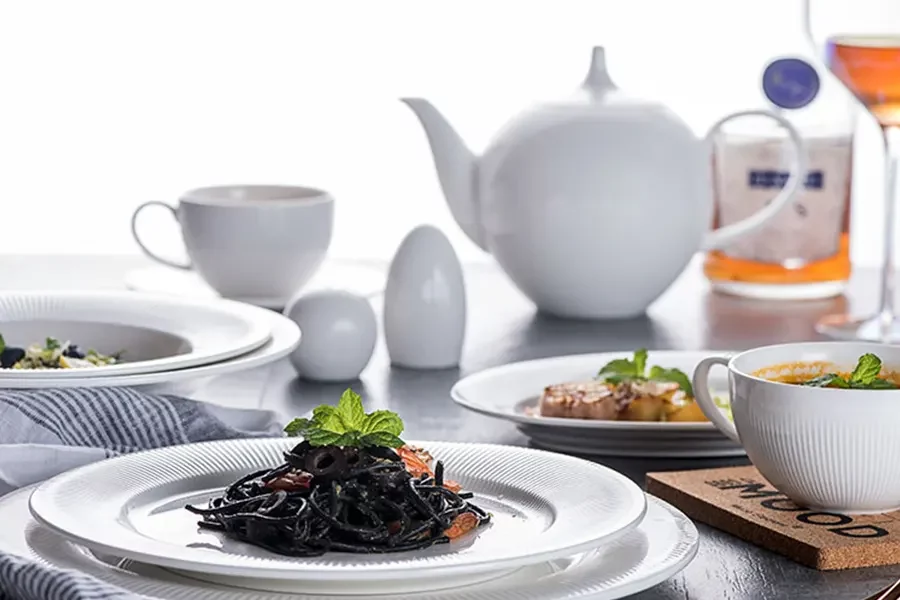
How is Porcelain Dinnerware Manufactured?
Porcelain is made in a straightforward manner, just as other ceramic materials. Clay is combined with additives, sculpted, and then baked in a kiln. The identities of the component materials (which would be discussed subsequently), the kiln temperature, and, most importantly, the mullite development are the only things that are different for porcelain.
In the following paragraph, we’ll be discussing the materials used by fine porcelain dinnerware manufacturers to make this tableware, as well as the process involved in their making.
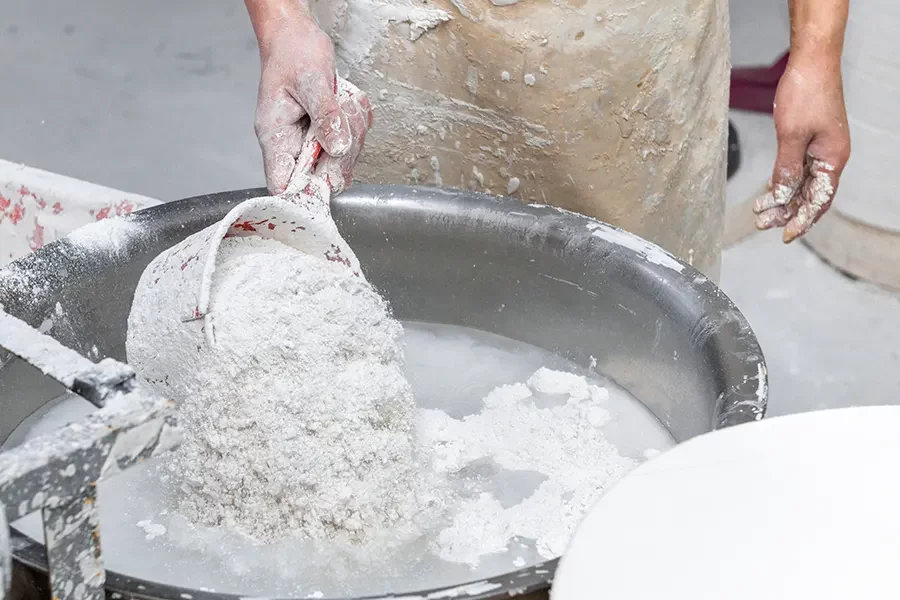
Porcelain Dinnerware Materials
A heated mixture of silica, clays, feldspar, and flint elements with small particle sizes is used to create porcelain. To create various varieties of porcelain, these ingredients are mixed in different ratios until they achieve their fired and unfired qualities. Let's examine each of these items individually.
China stone
China stone is a kind of granite that has been partially kaolinized and is rich in feldspar but is iron-free. Its mineral makeup comprises mica, quartz, and feldspar and is frequently found in association with kaolin.
Clay
Clay's ability to hold its shape and glass's low porosity are combined in porcelain. Ball clay and china clay are typically the types of clay used to make porcelain, and they both mostly contain kaolinite and hydrous aluminum silicate.
Silica
Two of the most prevalent elements on earth, silicon and oxygen gas, are combined to form the chemical complex known as silica. As observed in quartz, opal, and sand, it occurs naturally in crystalline, amorphous, and impure forms. The most typical filler type for burning the porcelain body is silica. It helps to improve the physical qualities of the finished product in addition to assisting in the firing and shaping of the body.
Feldspar
The main ingredients in this substance are flint and aluminum silicate. Hard quartz known as flint, is used in porcelain mixtures as a flux. Fluxes can be utilized to lower the temperature, typically between 1000 and 1300 oC, at which liquid glass forms. The grains used to create porcelain securely join together during this liquid phase by vitrification.
Kaolin
Kaolin is a clay mineral with the chemical formula Al2Si2O5(OH)4. It is white in color and is produced when other aluminosilicate minerals weather. It is utilized in the majority of modern ceramics.
Bone ash
Animal bones that have been calcined, pulverized, and finely powdered are used to make bone ash, which is then utilized to make porcelain.
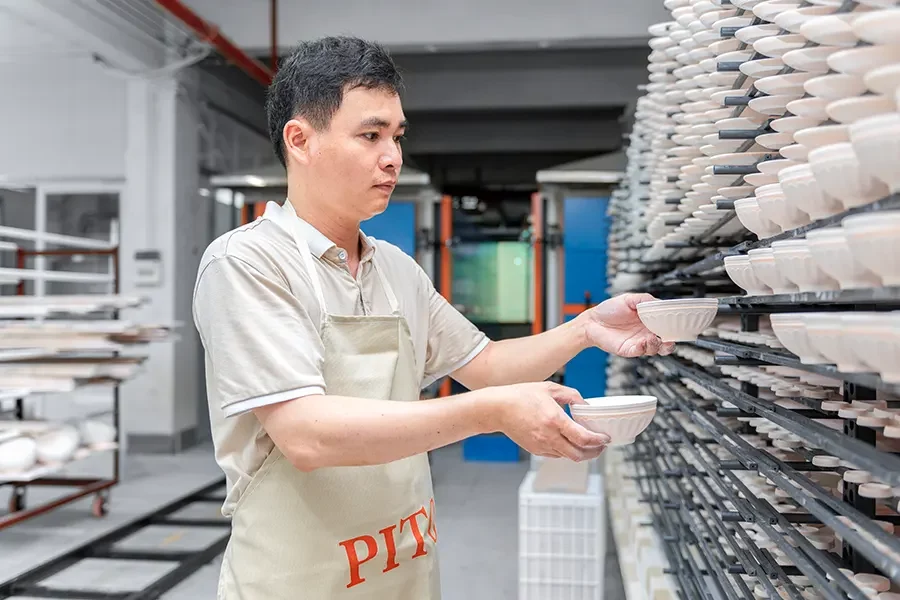
Porcelain Dinnerware Making Process
After choosing the necessary raw materials and removing the necessary quantities by weight, they are forced to go through a variety of preliminary stages. They are first crushed, then cleansed. After that, they are combined before going through a number of shaping procedures.
Porcelain dinnerware companies employ any of pressing, casting, stiff plastic forming, or soft plastic forming as the forming technique. The type of porcelain pottery to be manufactured will often influence the forming method choice. After the porcelain body is formed, it is fired, and then it can be glazed. A coating of ornamental glass is fired onto a ceramic body during glazing. The porcelain is finally fired after that.
Some porcelains are made and fired in a way that makes them referred to as "bisque," meaning they lack the white coloration that is normally associated with porcelain.
In conclusion, the process of making porcelain entails crushing the raw materials that will be used, cleaning and mixing those ingredients, creating the body, firing, glazing, and refiring as necessary.
